Fashion goes green

IF you recently cleared out your wardrobe in preparation for a return to the office, you may well have binned some outfits because they no longer fit or looked dated.
You wouldn't be the only one. According to the UK charity Ellen Macarthur Foundation, millions of tonnes of clothes are produced, worn and thrown away each year. The foundation aims to create a circular economy, where waste is eliminated as much as possible and products are recirculated.
What is even more worrying is that every second, the equivalent of a rubbish truck load of clothes is burnt or buried in landfill. And the fashion industry is one of the major contributors of plastic microfibers entering the oceans.
In Singapore, statistics from the National Environment Agency show that fashion and textile products account for 137,000 tonnes of waste, of which merely 4 per cent is being recycled.
To help the local fashion industry be more environmentally friendly, the Textile and Fashion Federation (TaFF) recently launched its fashion sustainability programme designed to advocate and promote good sustainability practices, develop capability and support research and innovation.
"This will promote adoption of sustainability practices at the industry level. This means uplifting of business capability," says TaFF's director of sustainability, Carolyn Poon.
The programme is timely as TaFF has seen a shift in consumer choices towards sustainability. Poon cites recent research by WWF and Accenture that 80 per cent of consumers in Singapore prioritise environmental concerns, such as climate change and carbon emissions, when they decide what to buy.
Under the programme, TaFF will help businesses with capability development and manpower development initiatives.
"We provide opportunities for businesses to experiment and innovate," adds Poon.
Homegrown green labels
Even before the launch of TaFF's sustainability programme, several local fashion labels were already doing their part.
Popular brand Love, Bonito's items are well-priced but its chief executive officer Dione Song says: "We are definitely not fast fashion. Our clothes are not something that you would throw away after a few wears."
She says that the company ensures that "every product is designed with intent and mileage". For example, the colours on clothes do not run, and seams are tripled stitched to ensure that they do not fray easily. Other items come with adjustable straps or buckles, so that "they can take the wearer through different times of the month", says Song.
When it comes to production, the firm manages its inventory efficiently. She cites the example of how some items come in limited colours, and if their sales take off, more colours will be introduced.

She adds that Love, Bonito will be doing more on its sustainability journey, including hiring a sustainability and impact lead to review its practices and make the necessary improvements.
"As a brand, we want to create a positive impact on society and the environment," she says.
Fashion designer Xie QianQian says that while her label Graye is not fully sustainable, she prioritises sustainable practices and design thinking throughout her business.
Poon points out that "fashion sustainability is complex, multi-faceted and developing". No single company, nor organisation nor country has all the solutions in one place.
"Imagine a clothing product that is fully sustainable from product to operations and is fully recyclable. This product, if it exists, will be too expensive. In other words, there is still lots of room for innovation and scale for fashion sustainability," she says.
Xie isn't driven by trends when designing for Graye. "We create seasonless and gender neutral pieces that allow our garments to have a longer shelf life," she says. Some clothing and bags are also designed to be worn in multiple ways to create different looks.
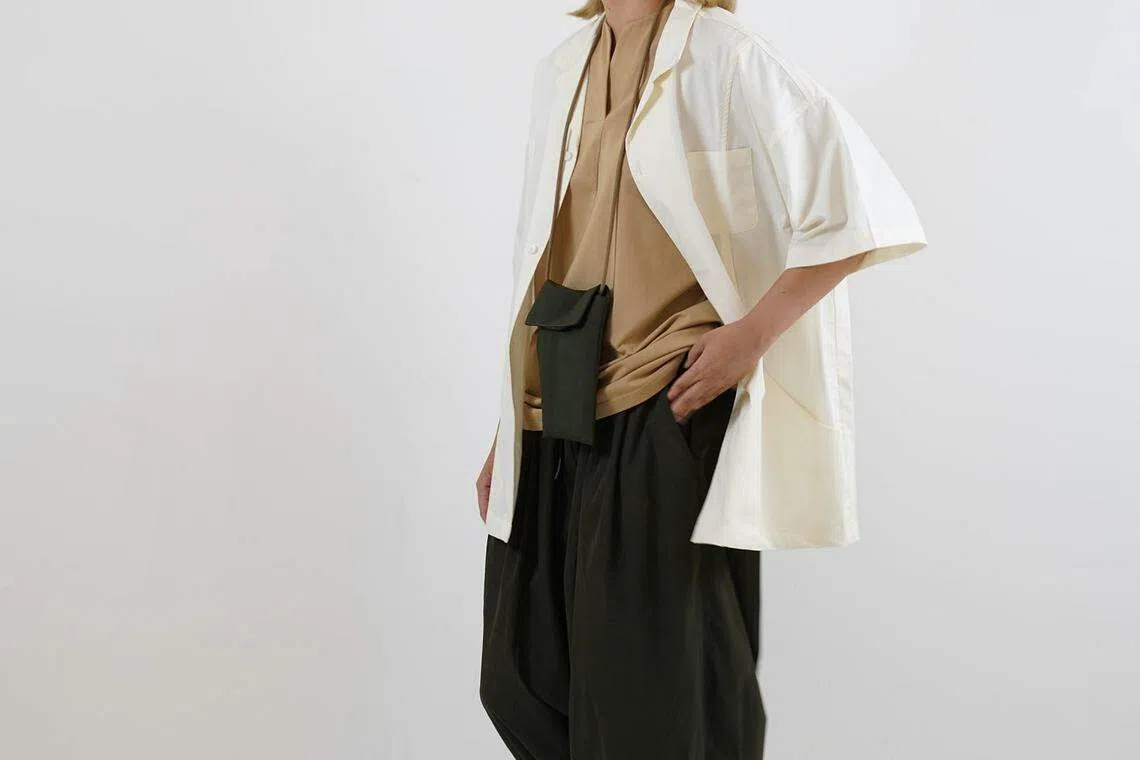
"Our goal is to reduce wastage in the parts of the business that we have control of," she says. Instead of manual prototyping, Xie uses digital design techniques to reduce waste. She also uses natural dyes and more eco-friendly materials, upcycles existing materials to create one-of-a-kind merchandise and offers after-sale services such as repair and customisation.
Xie says that sustainable initiatives and practices require more effort and input compared to traditional ways of doing things, yet it often ends in vain as most consumers don't notice or are unable to accept the resulting higher price.
But she believes her efforts are not wasted. "About 15 to 20 per cent of our customers appreciate our green efforts. Since the beginning, we have been active in communicating with our customers on social media, by sharing more about our processes and interacting with our followers online, it creates a space for mutual learning," she says.
Green products from global labels
International brands such as Levi's, Uniqlo and Kipling have included eco-friendly practices in their production.
Kipling partnered with Redress, an environmental charity, to host a sustainable fashion design competition among young, emerging designers. Participants designed a collection using deadstock, end-of-roll fabrics, or innovative recycled fabrics with circular design principles in mind. The winning limited edition collection by Italian designer Beatrice Bocconi, who was inspired by the punk culture of the Vivienne Westwood era, is currently available at Kipling stores.
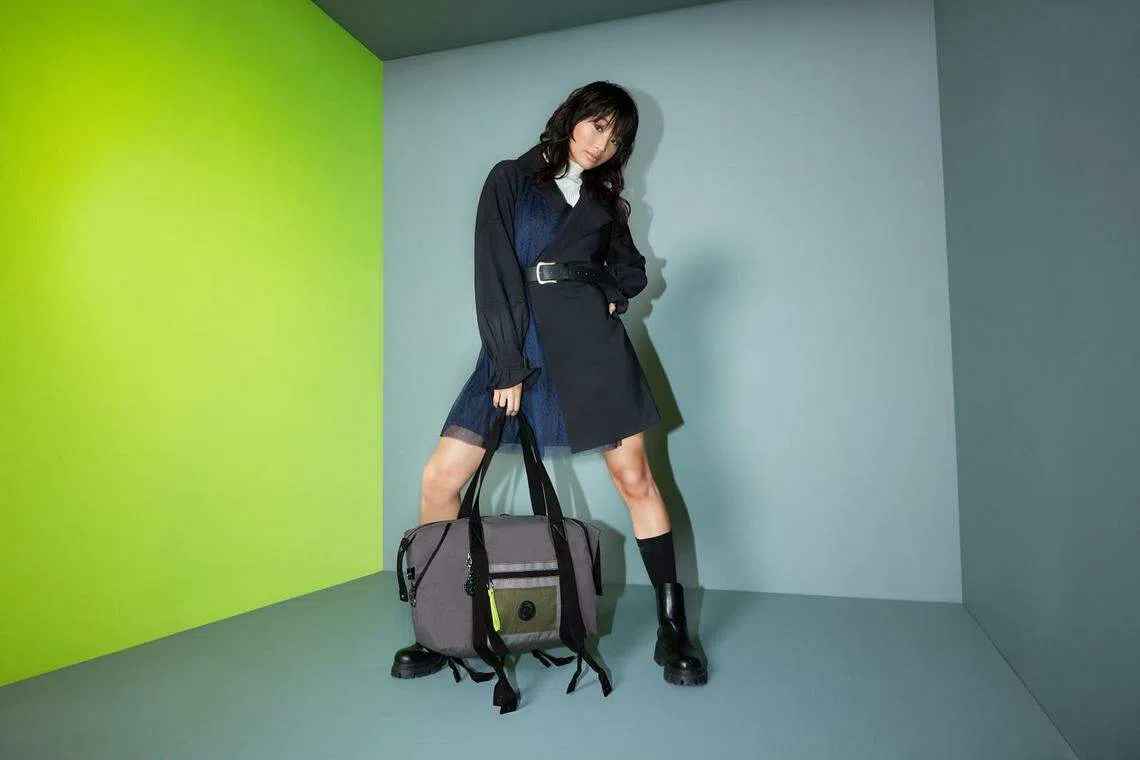
Levi's will soon launch a green version of its iconic 501 Original jeans, made with organic cotton and post-consumer recycled denim and is designed to itself be recyclable. The significance is that these jeans use far fewer natural resources and fewer chemicals to produce.
Since 2019, Uniqlo has been using recycled materials in its production. Consumers are encouraged to donate any down products that they no longer used, and Uniqlo will recycle 100 per cent of the down and feathers into new down jackets. It also has a programme where used Uniqlo clothes are collected and donated to the needy.
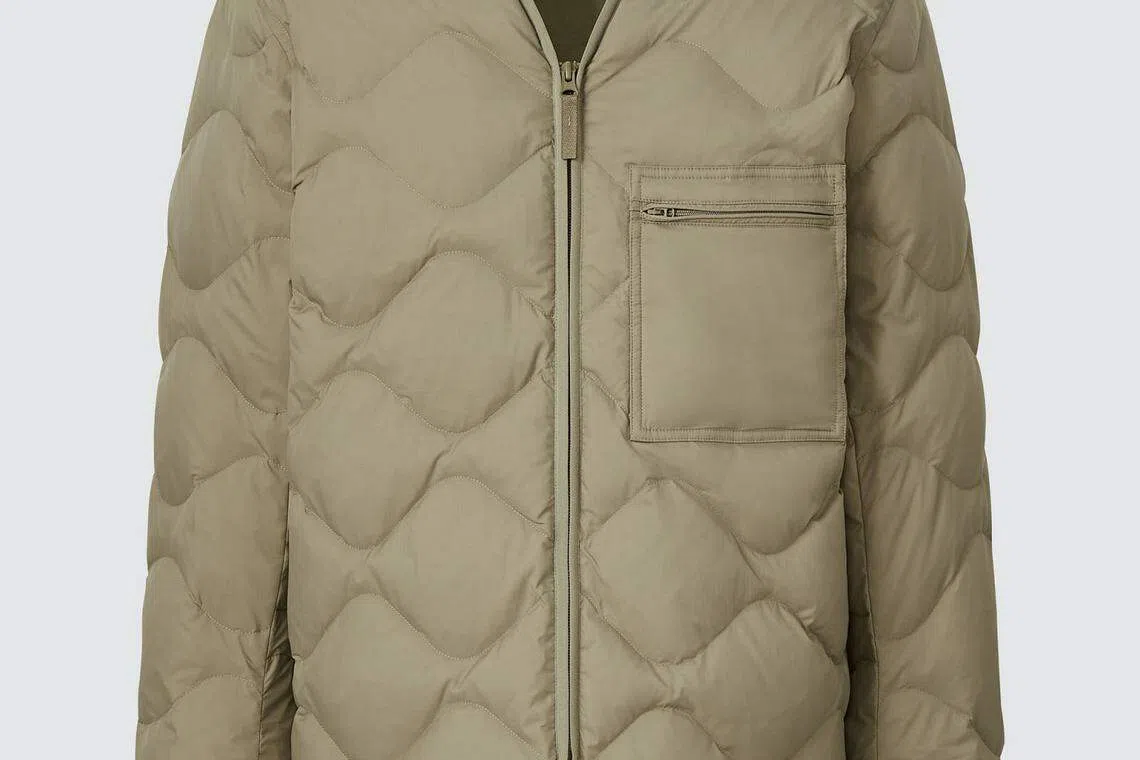
Hwee Lee, Uniqlo Singapore's senior director of sustainability adds: "We make and sell only apparel that customers truly want, thus maximising resource efficiency and eliminating waste."
Making informed choices
With Chinese New Year approaching, consumers are likely to be buying new clothes, and there's no better time than now to make more informed decisions.
While it is hard to find a brand that is entirely sustainable, Poon says consumers need to be discerning. She suggests starting with checking labels. "If a label says it is organic cotton, consumers can read up more on the source of the cotton from the company's sustainability report or corporate webpage. A consistent sustainability policy is one of the signs of a better sustainable brand," she says.
When picking out a design, consumers might want to pick those which allow them to wear everyday and not only for special occasions. Grace Choi, founder of Yi-ming fashion label makes cheongsams that are suited for daily wear and yet will not go out of style.
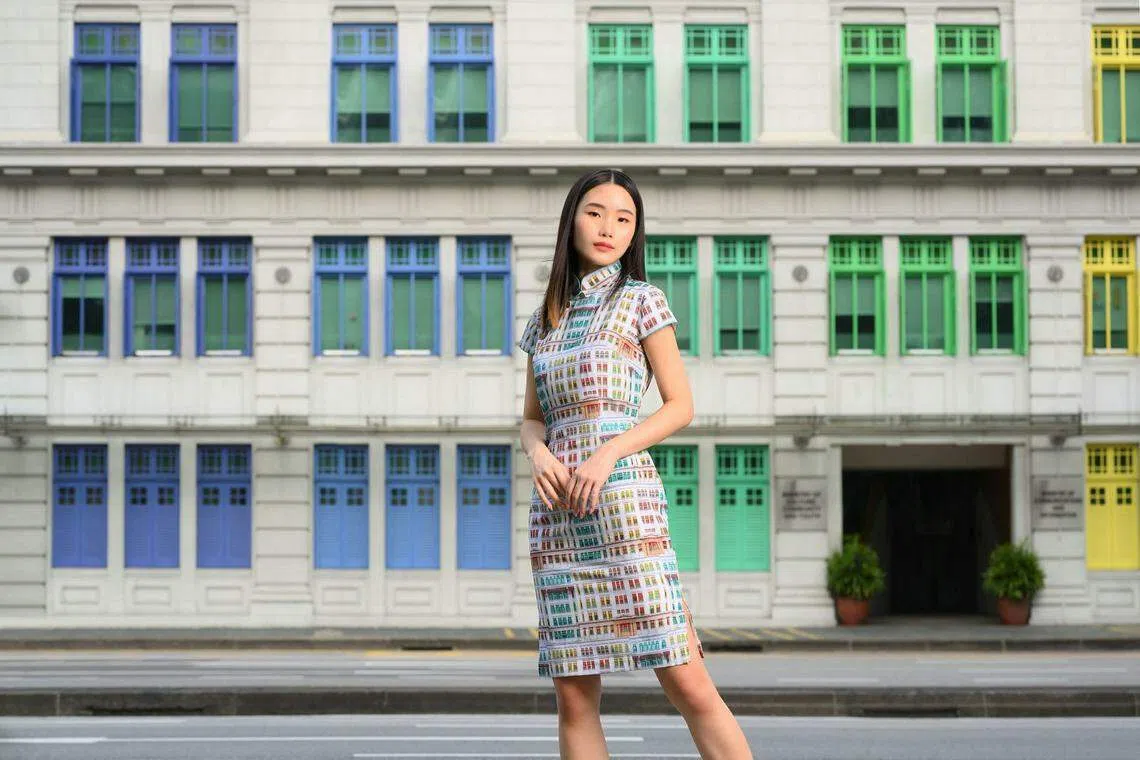
Choi's latest collection, Singapore Swing, features prints of Singapore's icons. But rather than fancy lace or sequins with longer styles, Singapore Swing is tailored to focus more on a smart look for both formal and informal occasions, as well as mix and match separates befitting the local style and tropical climate.
There's the option to seek out upcycled products, such as designer Heng Kang Yong's collection of wearable accessories, small goods items, small bags/clutches and totes, which he retails under his label, theKANG.
His creations are made from fused plastic, where layers of plastic bags are fused using heat to get a thicker and sturdier material.
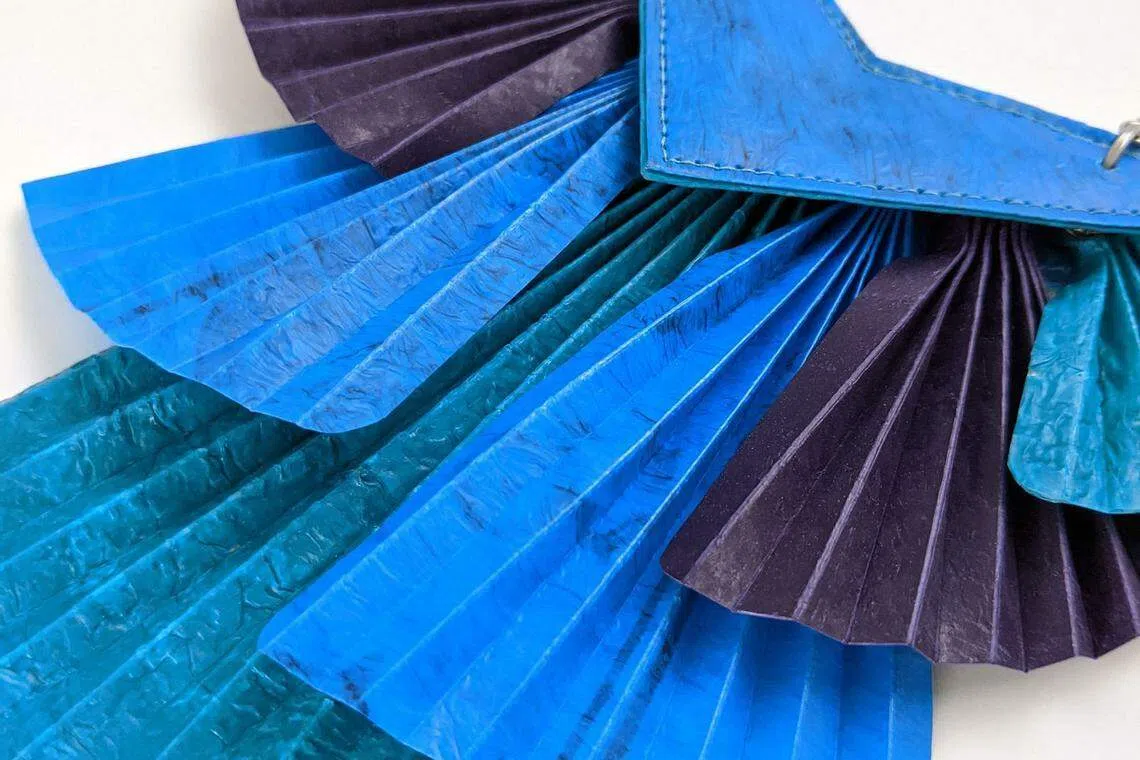
Heng says that there are those who are into upcycled products, and those who aren't into it. "I attract both the millenials and the older crowd who know of my work. They mostly contact me for customised pieces because I use upcycled plastic, so the upcycled factor definitely matters to them," he says.
Poon says that a common misconception in fashion sustainability is that sustainability is relevant only with new clothes. "Fashion sustainability is also about sharing, renting, reselling. These extend the lifetime use of fashion products," she says.
This is where players such as OnTheList, a members-only flash sale site, play a part. First started in Hong Kong, the firm noticed a lack of options for distributors and brands to clear old inventory which not only occupies valuable warehouse space but inestimable amounts of unsold clothing and goods would go to waste as they would eventually be destroyed.
OnTheList members get access to deals while brands can clear stock and minimise waste. "Bargain prices which lead to savings from a diverse range of brands, sustainable shopping, minimising waste now can be enjoyed by the savvy shopper," says Veronica Mok, its senior marketing executive.
Decoding Asia newsletter: your guide to navigating Asia in a new global order. Sign up here to get Decoding Asia newsletter. Delivered to your inbox. Free.
Copyright SPH Media. All rights reserved.





